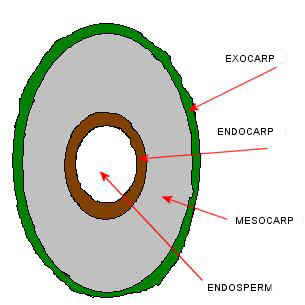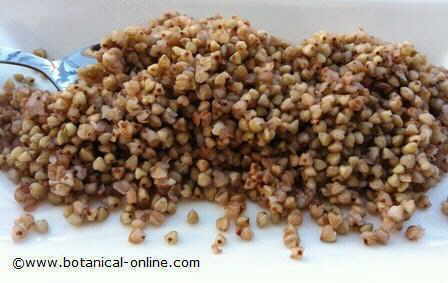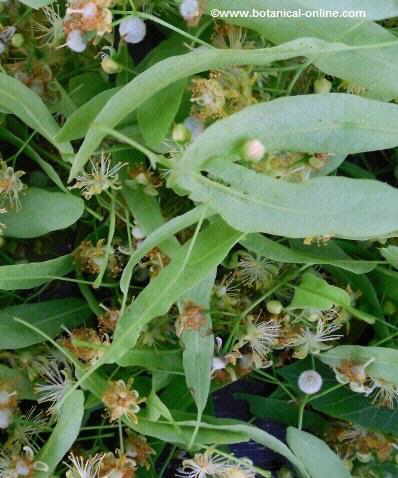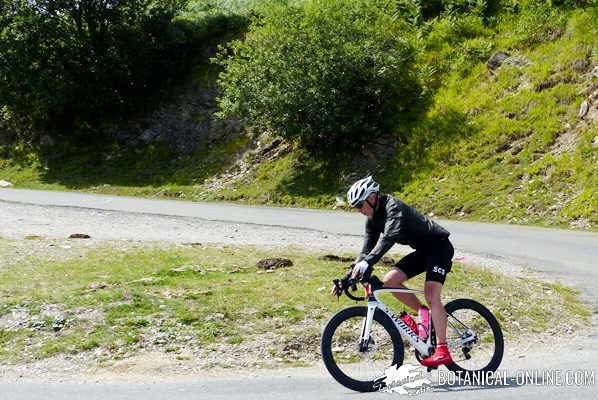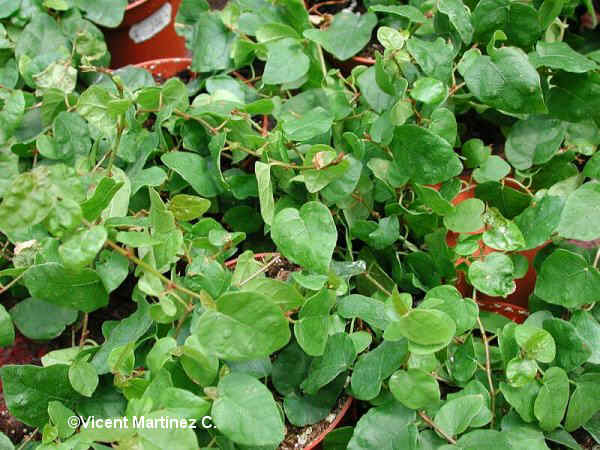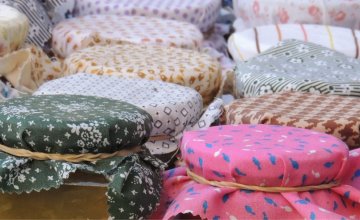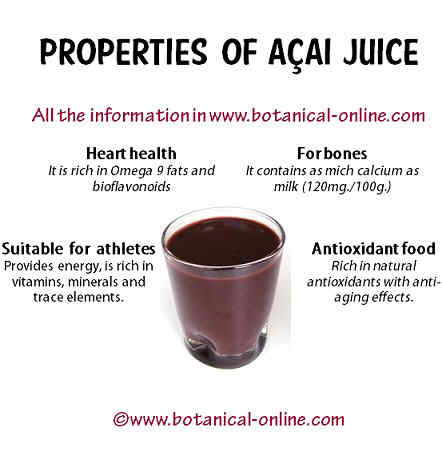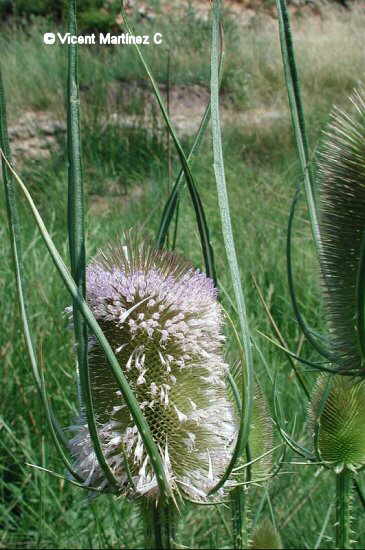Contents
- 1 Food for overweight people and ovarian cysts
- 1.1 DIET FOR SLIMMING FOR WOMEN WITH CYSTS IN THE OVARIANS
- 1.2 Importance of maintaining ideal weight when suffering from cysts in the ovaries
- 1.3 Diet tips to avoid being overweight
- 1.4 Is it good to take fats when you have ovarian cysts?
- 1.5 Fats to avoid
- 1.6 What can be taken between hours to calm down hunger?
- 1.7 Recommended oils for weight loss
Food for overweight people and ovarian cysts
DIET FOR SLIMMING FOR WOMEN WITH CYSTS IN THE OVARIANS
Importance of maintaining ideal weight when suffering from cysts in the ovaries
As with any balanced diet, overweight should be avoided, but more especially in the case of women with ovarian cysts, because a high incidence of obesity has been observed in women with polycystic ovary syndrome (PCOS).
Diet tips to avoid being overweight
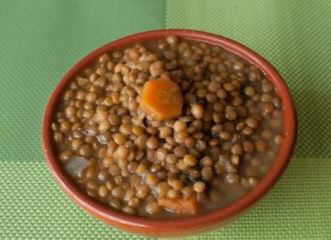
Photo of vegetarian lentils. Legumes are highly recommended for SOP
The fundamental dietary guidelines for ovarian cysts are:
- Do not always be on a diet. The energy deficit activates the body’s mechanisms to save calories. The slimming period should have a start and and end date. While the diet lasts, avoid exceptions.
- Reduce the amount of flours and added sugar in the diet, especially if it comes from juices, cookies, pastries, sugared yogurts, jams, etc. Natural fruits are healthy and recommended.
- Promote legumes, whole grains and tubers: legumes (lentils, peas, chickpeas, etc.), whole grains (rice, oats, buckwheat, etc.) or tubers (potato, sweet potato, etc.) must always be accompanied by vegetables (Lettuce, broccoli, cauliflower, Brussels sprouts, etc.).
- Practice physical exercise: daily physical activity (walking, going by elevator, etc.). Physical exercise must be appropriate to each person. Doing it increases metabolism, muscle mass and leads to loss of fat and volume.
Is it good to take fats when you have ovarian cysts?
Since women with PCOS are often overweight, they often do not include healthy foods high in fat in their diet, such as walnuts, almonds, sesame, avocado, etc.
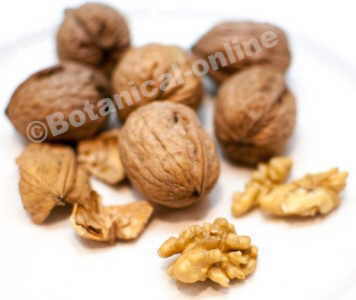
Walnuts are satiating and stimulate metabolism
This is a dietary error, as these foods provide the healthy omega fats, in addition to vitamins, minerals and nutritious and indispensable components.
Eating foods high in fat does not necessarily “fatten”. And in addition, fats are essential nutrients for the formation of anti-inflammatory substances, neurotransmitters, and for the absorption of vitamins. It should also be kept in mind that low fat diets boost the effect of some medications, such as anticoagulants, which is not convenient.
It has been tested in scientific studies the power of nuts in the regulation of appetite and its success in diets to lose weight through, for example, to stimulate thermogenesis.
Eating walnuts or other nuts is not fattening, something which is also scientifically proven. Therefore healthy fats should not be eliminated from the diet. Their insoluble fiber has a slightly laxative effect. We must not suffer to be fattened, since they are highly satisfying and nutritious foods.
Fats to avoid
What we should avoid is bad fats: snacks, chips, fried foods, pastries, whole-grain crackers, sausages, butter and other fats that are unhealthy or accompanied by products with lots of flour, sugars and salt, as well as fats.
Fried and salted nuts are not recommended. Frying, besides deteriorating their fats, also makes them lose their satiating power. Their salt and fat content makes them very appetizing and easily overeat.
What can be taken between hours to calm down hunger?
Between hours it is preferable to take nuts or seeds (a handful of almonds, sunflower seeds, pumpkin seeds, walnuts or Brazil nuts), than a sandwich with white bread.
Nuts provide satiety and less carbohydrates, as well as fiber, vitamins and minerals such as folic acid, calcium or magnesium, a mineral that helps regulate blood sugar levels.
Occasionally, 70% or darker chocolate may be taken.
Of course, if we exceed the amount of nuts, bread, cereals or any type of food, we will get fat.
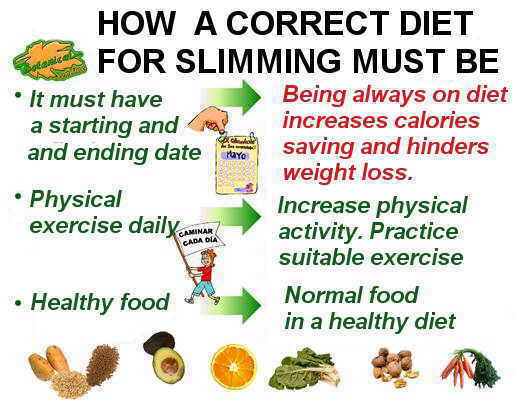
A summary of the main steps to lose weight
Recommended oils for weight loss
Dry nuts oils are also very beneficial, and their phytosterols help to lower cholesterol. In order to contain these properties virgin (unrefined) oils must be purchased. Their inclusion in a healthy diet is perfectly feasible and also recommended
![]() More information on polycystic ovaries.
More information on polycystic ovaries.

